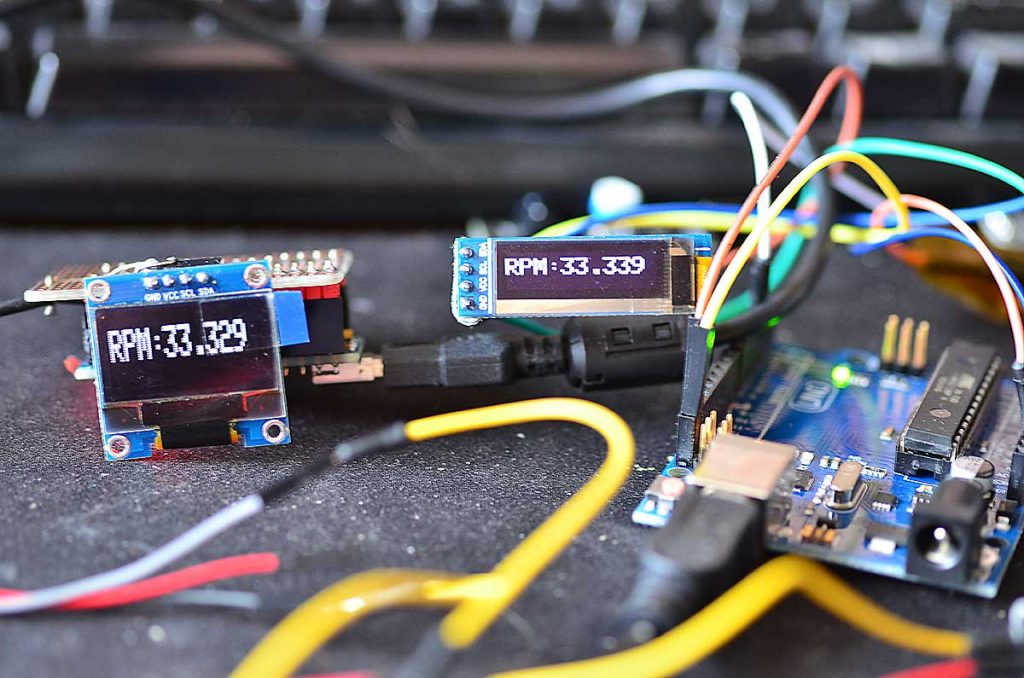
How to Install a Tachometer RPM Gauge: A Comprehensive Guide?
Share
The tachometer is an essential instrument for anyone serious about car performance. This gauge monitors the engine's RPM, allowing for effective and efficient driving. In this article, we will cover how to install a tachometer RPM gauge step by step, ensuring that both tech professionals and enthusiasts can follow along easily.

What is a Tachometer?
A tachometer is a device used to measure the rotational speed of an engine in revolutions per minute (RPM). Understanding how a tachometer works is crucial for effective vehicle operation, whether it's for performance tuning or routine driving. You can learn more about its function in our article on car tachometers.
Why You Need a Tachometer
Having a tachometer installed can greatly improve your driving experience. Here are some reasons why:
- Performance Monitoring: It allows you to monitor engine speed and avoid over-revving.
- Improved Fuel Efficiency: You can shift gears at optimal times, enhancing fuel economy.
- Tuning and Modifications: Essential for tuning your engine or when adding performance parts.
Tools Required for Installation
Before beginning, gather the following tools:
- Wrench
- Screwdriver
- Wire Stripper
- Tachometer Gauge Kit
- Electrical Tape
Step-by-Step Installation Process
Step 1: Choose the Right Location
Select a location on your dashboard that is easily visible. Ensure it's a spot that you can secure the gauge.
Step 2: Connect Wires
Connect the tachometer's wires according to the manufacturer's instructions. A typical setup involves connecting the power source, ground, and signal wire. For a detailed explanation, you can visit this link to learn wiring techniques.
Step 3: Attach the Gauge
Using screws or mounting hardware provided in the tachometer kit, securely attach the gauge to the selected location.
Step 4: Test the Connections
Before finalizing the installation, turn on the ignition and verify that the gauge operates correctly. The needle should respond as the engine revs.
Maintenance Tips
Maintaining your tachometer is just as important as the initial installation. Regular checks for wiring integrity and cleaning of the gauge face will ensure optimal performance.For more insights, see our article on tachometer functions.
Common Issues
Sometimes, tachometers may display inaccurate readings or stop working completely. Check the wiring connections first. If the wiring appears intact, consider replacing the gauge unit.
Frequently Asked Questions
1. What type of tachometer is best for my vehicle?
It depends on your specific vehicle and usage. Digital tachometers often provide more accuracy while analog models offer a vintage look.
2. How does a tachometer work?
A tachometer measures the speed of the engine's rotation using a magnetic sensor or other methods. For more in-depth information, you can read this article on how it works.
3. Can I install a tachometer myself?
Yes, with the right tools and guidance, it's entirely feasible to install a tachometer by yourself. Just follow the steps carefully.
4. Will a tachometer work in older vehicles?
Yes, however, you may need additional components, depending on the type of ignition system in the vehicle.

Conclusion
Installing a tachometer RPM gauge may seem daunting, but following these steps can lead to successful installation and enhanced vehicle performance. Furthermore, understanding your engine's RPM can lead to a more enjoyable and efficient driving experience.
For a deeper dive into tachometers, consider checking out additional resources like research articles for the latest findings.
